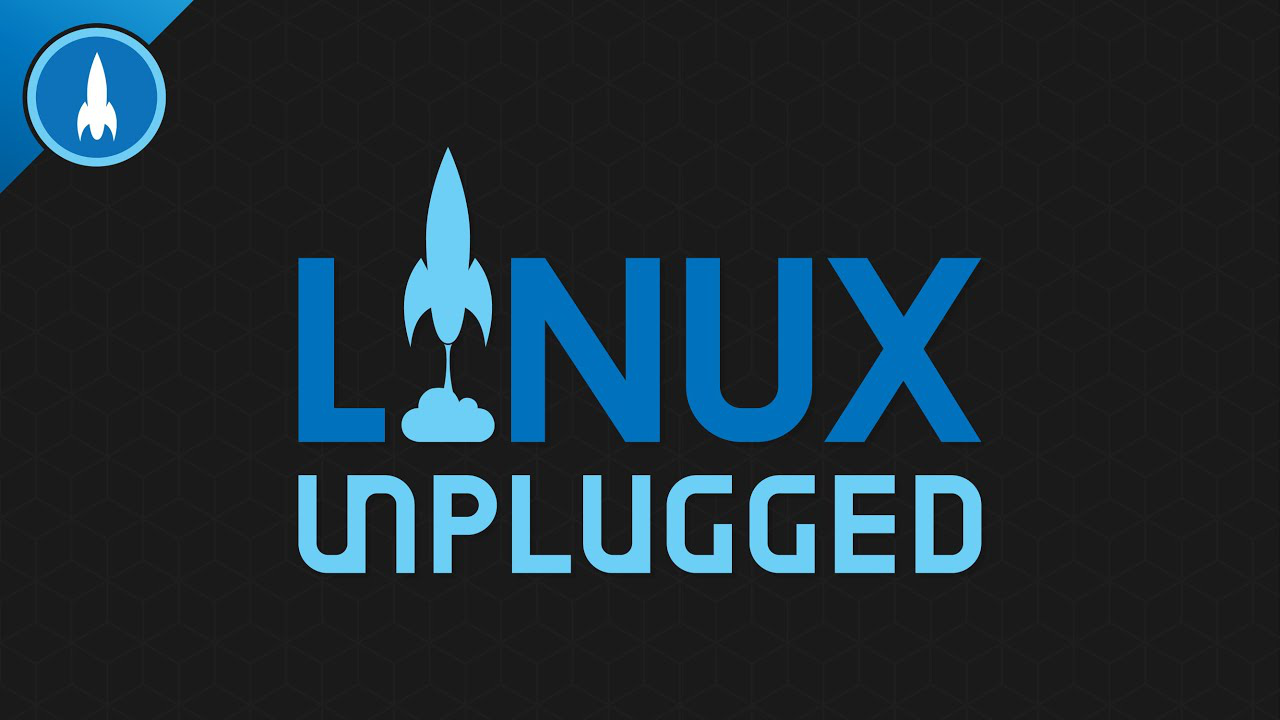

Nowadays, I mostly don’t even care about compatibility issues anymore and just expect a game to work in Linux, which is just freaking cool. Obviously, some competitive MP games are off the table due to anti-cheat, but that isn’t my main gaming category nowadays so it works out.







Yeah, in a Reddit comment, Hector Martin himself said that the memory bandwidth on the Apple SIlicon GPU is so big that any potential performance problems due to TBDR vs IMR are basically insignificant.
…which is a funny fact because I had another Reddit user swear up and down that TBDR was a big problem and that’s why Apple decided not to support Vulkan and instead is forcing everyone to go Metal.